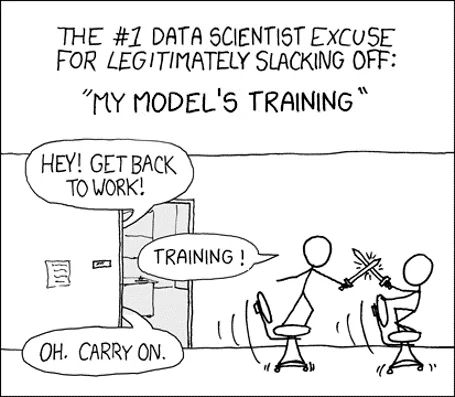
Irmak Hacımusaoğlu
@cogirmak.bsky.social
cog.neuropsychology | neurodiversity, memory, time, motion & comics - Postdoc @ Tilburg University | writer and doodle artist elsewhere
but such judgments may be influenced by people’s exposure to manga 😍

October 14, 2025 at 3:48 PM
but such judgments may be influenced by people’s exposure to manga 😍
Thanks a lot! 😊
September 19, 2025 at 2:33 PM
Thanks a lot! 😊
How come i didn't think of it :D

September 19, 2025 at 2:20 PM
How come i didn't think of it :D
With different cues, it’s possible to explicitly indicate direction, convey varying levels of speed (especially with more lines) and even depict multiple moments. I love this work, even though it pushed back my defense time. Curiosity matters more to me 🥹

September 19, 2025 at 1:57 PM
With different cues, it’s possible to explicitly indicate direction, convey varying levels of speed (especially with more lines) and even depict multiple moments. I love this work, even though it pushed back my defense time. Curiosity matters more to me 🥹
Images don’t necessarily show a single frozen moment. Look how they can depict multiple moments at once:

September 19, 2025 at 1:53 PM
Images don’t necessarily show a single frozen moment. Look how they can depict multiple moments at once:
I would like to thank Ali Paşaoğlu for the invite and also to my supervisor @neilcohn.bsky.social because he mentioned my name in a podcast, which led to this invitation. Here is the link of the podcast: open.spotify.com/episode/7mbJ...

Neil Cohn, "Who Understands Comics?: Questioning the Universality of Visual Language Comprehension" (Bloomsbury, 2020)
New Books in Comics and Graphic Novels · Episode
open.spotify.com
May 9, 2025 at 9:30 AM
I would like to thank Ali Paşaoğlu for the invite and also to my supervisor @neilcohn.bsky.social because he mentioned my name in a podcast, which led to this invitation. Here is the link of the podcast: open.spotify.com/episode/7mbJ...
Thank you very much Renske! Yes, i can’t believe how fast it goes 🥹
February 21, 2025 at 12:50 PM
Thank you very much Renske! Yes, i can’t believe how fast it goes 🥹
Glad to hear that you want to read my work, haha 🙏🏻 once the whole dissertation is published online, i’ll share it here for sure
December 11, 2024 at 5:42 PM
Glad to hear that you want to read my work, haha 🙏🏻 once the whole dissertation is published online, i’ll share it here for sure
Interesting! I see he also mentions repetition of curves there. Repeating postures either fully or partially is also another method to indicate motion in static images. Perhaps there’s a parallel between the ways of giving motion to the static body itself and depicting motion in a broader sense
December 11, 2024 at 5:41 PM
Interesting! I see he also mentions repetition of curves there. Repeating postures either fully or partially is also another method to indicate motion in static images. Perhaps there’s a parallel between the ways of giving motion to the static body itself and depicting motion in a broader sense
In the picture above though, they are combined! It does not happen often and in my dissertation I also pose a question about whether it’d ease the motion comprehension if they’re combined. We have not tested this though. It was nice to see this being used in Hergé museum 😊
December 11, 2024 at 12:08 PM
In the picture above though, they are combined! It does not happen often and in my dissertation I also pose a question about whether it’d ease the motion comprehension if they’re combined. We have not tested this though. It was nice to see this being used in Hergé museum 😊
In comics, we see motion lines behind movers which can have different shapes such as twirling lines in the picture above. These lines correspond to a path that has been traversed. In case of instructional manuals, we see arrows mostly. They rather show a path yet to be travelled.
December 11, 2024 at 12:05 PM
In comics, we see motion lines behind movers which can have different shapes such as twirling lines in the picture above. These lines correspond to a path that has been traversed. In case of instructional manuals, we see arrows mostly. They rather show a path yet to be travelled.
Sure! I am studying the static representation of motion and our work shows there are systematic, patterned ways of depicting motion. For example drawing poses that a figure would take in action or attaching lines behind objects. Depending on which visual narrative system it’s, the methods can vary.
December 11, 2024 at 12:01 PM
Sure! I am studying the static representation of motion and our work shows there are systematic, patterned ways of depicting motion. For example drawing poses that a figure would take in action or attaching lines behind objects. Depending on which visual narrative system it’s, the methods can vary.


